





Before tackling these Green Level Readers, a child will need to be able to:
l
l l
l
l
Recognise the basic 42 letter sounds; Recognise the alternative letter-sound spellings in the leaves below, including the ‘hop-over ‹e›’ digraphs in words like take, these, bike, code, mule; Read (blend) regular words containing these letter sounds; Recognise the twenty tricky words shown in the flowers below; Recognise the names of the three main characters, as well as Phonic.




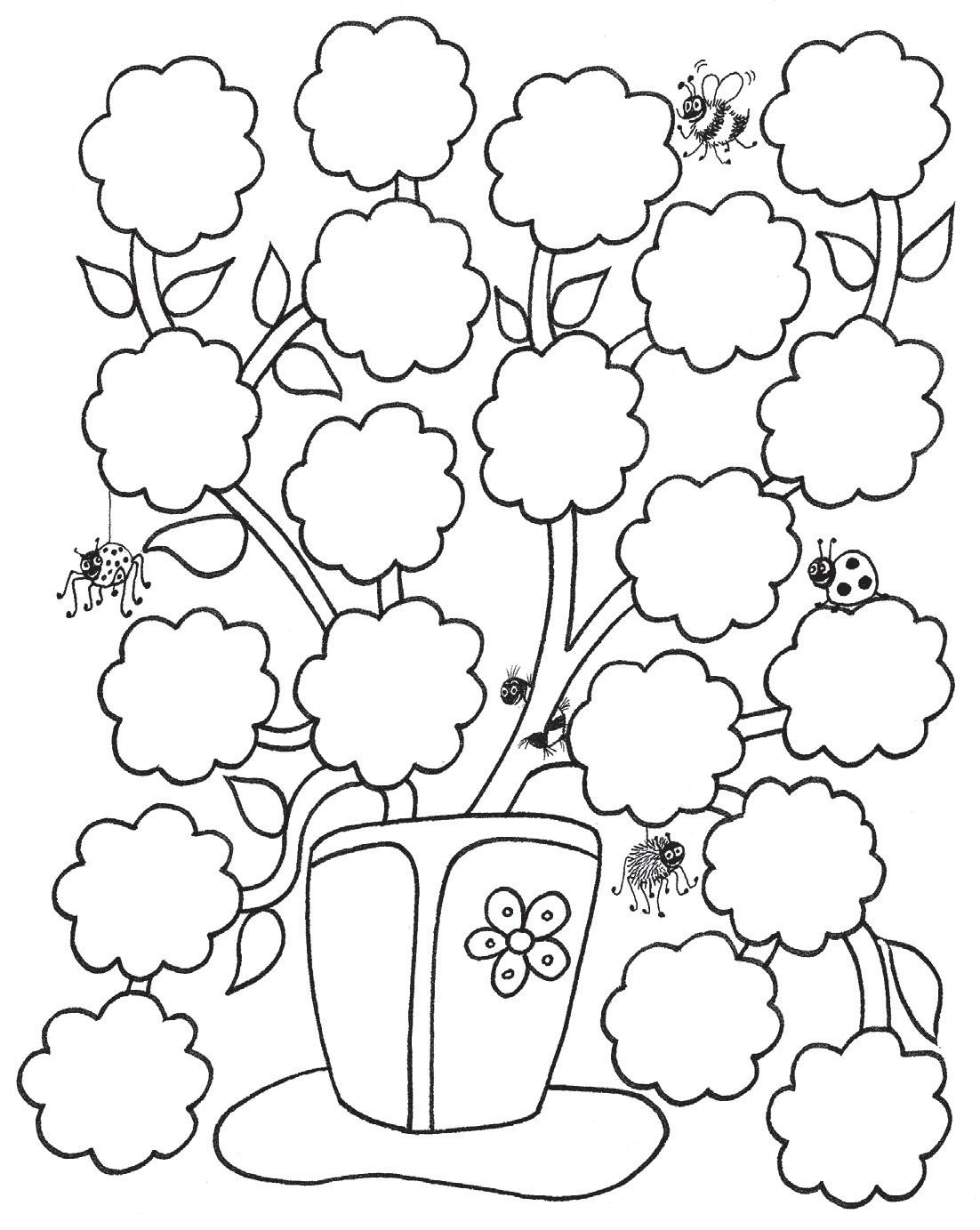
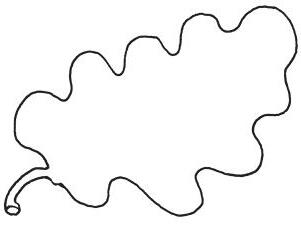

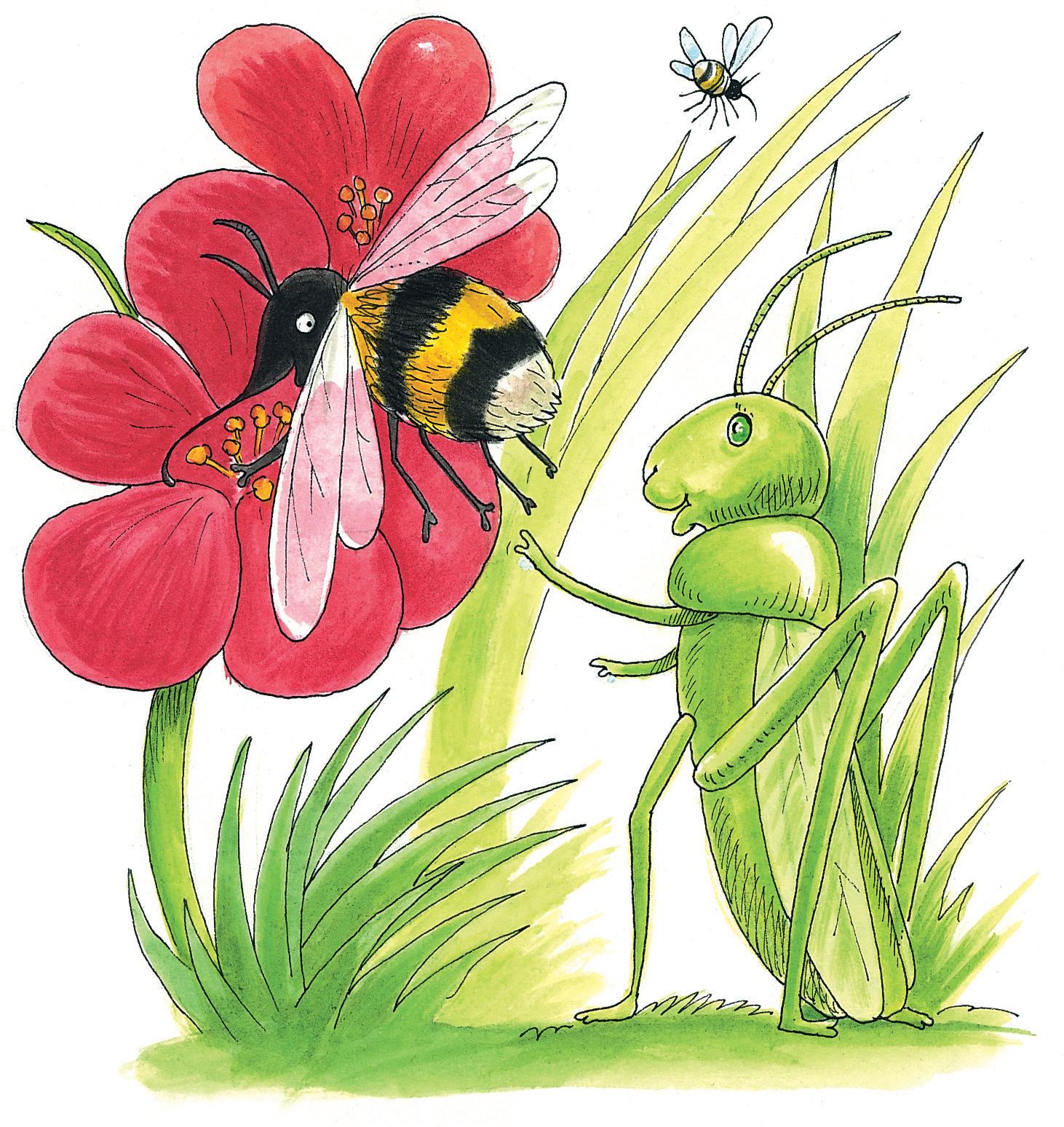

It was summer and the sun shone down on a cricket, who leapt and skipped about.
“What fun!” he cried, as he landed beside a bee. “What are you doing?”
“Collecting pollen,” replied the bee, “to make food to store in our hive.”
“Food to store?” said the cricket.
“Whatever for? What a silly Bee,” he added in a whisper as he leapt off.


From morning until evening, he continued to have fun, jumping and hopping about and singing happy, summery tunes with his long, back legs.
Next morning, the cricket sat looking on as some ants rushed back and forth, collecting seeds and carrying them back to the anthill.

“What are you doing?” said the cricket.
“Collecting food and storing it for the winter,” the ants replied.
The cricket scoffed at them. “You silly ants!” he cried. “Look around you. There is plenty of food. Winter will not come for a long time, so why not just have fun like me? Let me entertain you with a tune,” he offered, and he used his long, back legs like a fiddle to make a merry tune for them.

“No, thank you,” said the ants. “We must collect as much food as we can, or else we will starve in the long winter.”


“What silly ants,” muttered the cricket, and he shook his head as they marched off. He just did not understand why everyone was so boring.
All summer long, the cricket continued to have fun. There was still plenty of food about and he did not see the point of bothering about winter yet.



“Morning, bees,” he’d call and wave.
“Morning, ants. Haven’t you finished all that storing yet?” and he’d shake his head at them.
Then, one morning, the weather started to get chilly.



“Winter will be here soon!” cried the cricket. “I suppose I had better start collecting some food.” But when he looked around, there was not much food left.
He collected a small store of seeds and hid them in a hole in a tree.
“That will do,” he muttered. “I do not need much food in winter and I can look for some more if I run out.”





As the winter went on, the weather got colder and colder, and the cricket felt more and more unhappy.

“I am too cold to sing,” he said sadly, as he sat shivering. “It is so cold that I am all out of tune.”
Then, one morning, he woke up feeling very hungry. He helped himself to a seed and sat and ate it, shivering. It did not fill him up, so soon he stretched out his arm for more, but his hole was empty. He had used up all of his store of seeds!

All this time, the ants had been snug and happy under the ground. They still had plenty of food left, and they were planning a party. They had sorted out some party games, but there was still something missing.

“We need something to listen to!” they said.
Just then, one of the ants remembered the cricket who had offered to amuse them in the summer.
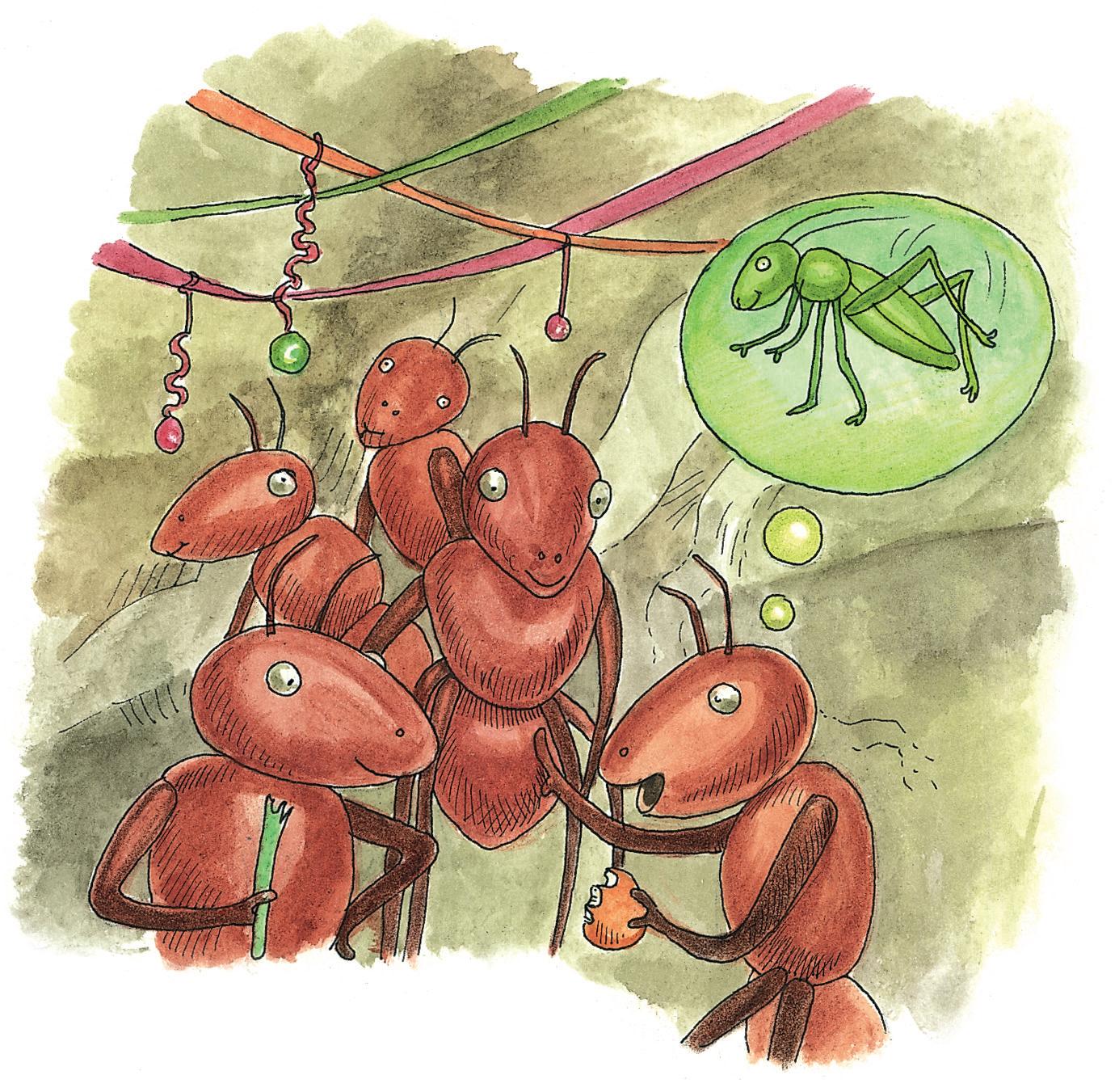
“Perhaps he will come and entertain us,” they said, and some of them set out to look for him.
“Brrr!” they said and shivered. “It is freezing out here.”
When the cricket spotted the ants, he hid from them.
“They will see that all my food has gone,” he said to himself. “Then they will blame me for having fun all summer instead of collecting food like they did.


“Cricket! Cricket!” called the ants, but the cricket kept hidden, sadly waiting for them to go. Then, just when they were about to give up, one of the ants spotted him.
The cricket was thrilled to go with the ants into the snug nest and to join the party. The ants gave him a big plate of food and he was so happy that he fiddled tunes for hours. But when the party was finished, he looked sadly out of the anthill at the wind and rain outside.

“Thank you so much for having me,” he said humbly, as he got ready to go. “It was a good party.”
The ants looked at the cricket and then around at the snug nest.
“Cricket, why not spend the rest of the winter down here with us?” they said.
“We will give you food if you will entertain us.”
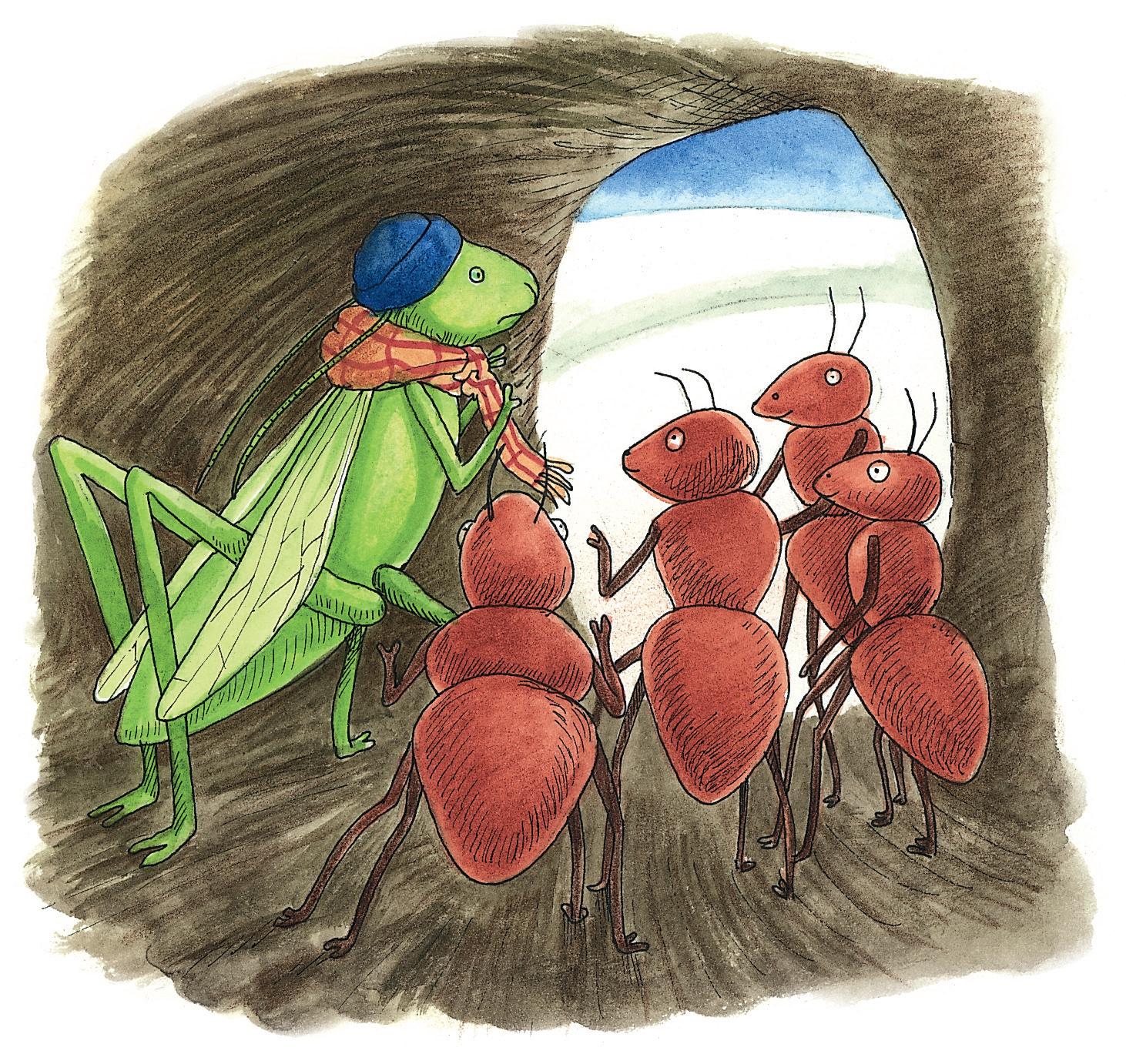
The cricket smiled and nodded happily.

So, for the rest of that winter, the cricket lived underground with the ants. He was no longer lonely, freezing and hungry. Instead, he had lots of friends, a snug bed and plenty of food until summer came around again.
An important part of becoming a confident, fluent reader is a child’s ability to understand what they are reading. Below are some suggestions on how to develop a child’s reading comprehension.
l
Make reading this book a shared experience between you and the child. Try to avoid leaving it until the whole book is read before talking about it. Occasionally stop at various intervals throughout the book.
Ask questions about the characters, the setting, the action and the meaning.
l Encourage the child to think about what might happen next. It does not matter if the answer is right or wrong, so long as the suggestion makes sense and demonstrates understanding.
l Ask the child to describe what is happening in the illustrations.
l Relate what is happening in the book to any real-life experiences the child may have.
l Pick out any vocabulary that may be new to the child and ask what they think it means. If they don’t know, explain it and relate it to what is happening in the book.
l
l Encourage the child to summarise, in their own words, what they have read.
l l l What’s in the book?
What do the ants do all summer?
What does the cricket do all summer?
What happens to the cricket when he sings in the cold?
l l
Why does the cricket think the ants are silly in the summer? What does the cricket think of the ants at the end?
These readers have been written with a carefully controlled vocabulary, and are specifically designed for children who are learning to read and write with Jolly Phonics.
• The text in these Green Level Books (third level) uses only decodable regular words that use the letter-sound knowledge taught so far (the 42 main letter sounds, the alternative spelling of ‹y› for the /ee/ sound at the end of words like happy and sunny and the ‘hop-over ‹e›’ spellings of the long vowel sounds) and a small number of tricky words (frequently used words that are not fully decodable at this stage).
• All new tricky words and alternative vowel spellings used are shown on the front inside cover. These can be used as a quick practice activity before starting the book.
• Faint type is used for silent letters, like the ‹b› in lamb.
• Comprehension questions and discussion topics are included at the end of the book. These ensure that children are not only able to read the text, but also get meaning from the stories.
Inky Mouse & Friends
The Tree That Blinked
What’s in the Box?
The Old Red Tractor
The Model Boat
Wait and See!
The Bad-Tempered Goat
The Three Billy Goats Gruff
The Fox and the Stork
The Outing
The Little Merman
The Cricket and the Ants
Little Monsters Snakes Deserts
Captain Scott
Underground
Mushrooms
Teeth
To see the full range of Jolly Phonics products, visit our website at www.jollylearning.co.uk

